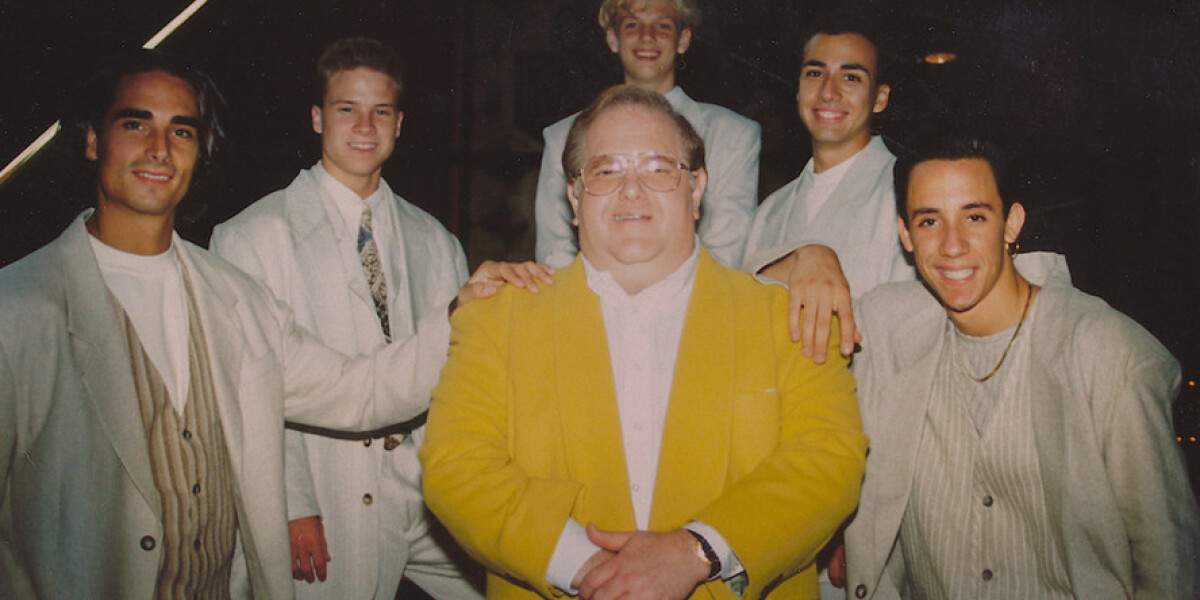The United States Used Car Market has long served as a vital sector within automotive retail—bridging affordability, mobility access and value for thousands of consumers. But in recent years, this marketplace has undergone significant shifts, shaped by evolving consumer behavior, digital transformation, supply‑chain dynamics and changing vehicle lifecycles. Here, we explore the core trends, opportunities and challenges defining the U.S. used car market today.
One of the strongest drivers of the market is affordability. New‑car prices have climbed substantially, driven by supply‑chain disruptions, higher raw‑material costs and rising vehicle‑technology content. For many buyers, used cars offer a value‑oriented path to mobility—lower cost, slower depreciation and greater flexibility. This has kept demand for pre‑owned vehicles robust, especially among first‑time buyers, younger consumers or price‑sensitive segments.
Supply dynamics are also critically relevant. The volume and condition of trade‑ins, leasing returns and fleet vehicles coming back into the market all influence availability. When new‑car production is constrained, as we witnessed in recent years, used‑car supply tightens and prices rise. Conversely, when lease‑end cycles or fleet dispositions surge, supply expands and pricing becomes more competitive. Savvy dealers and buyers alike monitor these cycles to time purchases or trade‑ins effectively.
Digitalisation is reshaping how used‑car transactions happen. Gone are the days when buying used meant only visiting a local lot. Today, online marketplaces, digital auctions, home delivery models and subscription‑based access are increasingly common. Buyers expect easier browsing, transparent vehicle history, pricing tools and streamlined financing. Dealers are investing in e‑commerce platforms, virtual showrooms and omnichannel experiences to remain competitive. For the consumer, it means greater convenience—but also more competition among buyers.
Vehicle age and lifecycle trends matter. As vehicles last longer, with better reliability and maintenance, the “used” pool increasingly includes models with higher mileage or more advanced features. This enables buyers to access tech‑rich vehicles (infotainment, safety systems, connectivity) at lower cost. At the same time, premium vehicles that were once niche in used‑car inventories are now more visible. Dealers and remarketing businesses that manage and certify such vehicles can capture a differentiated segment.
Replacement and upgrade cycles play a role too. When new‑car incentives are strong or refresh cycles accelerate, trade‑ins rise—and used‑car inventory grows. Buyers who held onto vehicles longer might trade or sell, creating more availability. On the flip side, extended ownership lifetimes can reduce trade‑in volumes, tightening supply. Understanding how macro‑conditions, consumer behavior and fleet management policies intersect is key for market participants.
Regional and segment differences are significant within the U.S. used‑car market. In metropolitan areas with higher incomes, premium and near‑premium used cars may dominate. In rural or suburban zones, affordability and basic mobility remain central, so compact sedans, older SUVs and value trucks are more common. Local economic conditions, fuel prices, regulatory environments and transport infrastructure all influence what makes sense for used‑vehicle buyers and sellers.
Aftermarket service and certification have become more important. Buyers of used cars increasingly expect warranties, certified pre‑owned (CPO) designations, detailed service history and vehicle inspection reports. This shifts risk perception and enables higher resale value. Dealers or remarketers that build trust through certification, transparent pricing and strong service offers tend to win repeat business and positive reputation.
Despite the many opportunities, there are challenges. Price inflation in used‑car markets can deter cost‑sensitive buyers or push consumers to alternative mobility options (car‑sharing, ride‑hailing). Condition‑assessment risk remains: used‑cars vary widely in how well they were maintained, and that affects value and buyer confidence. Financing can also be more complex for used vehicles, since interest rates, residual values and risk profiles differ from new‑car transactions.
Looking ahead, the U.S. used‑car market is poised for steady evolution. As electric vehicles (EVs) enter the pre‑owned market in greater numbers, certification, battery‑health assessment and resale‑value frameworks will emerge as important frontiers. Subscription models and fractional ownership may also intersect with the used‑car ecosystem. Dealers and remarketers that embrace data analytics, digital sales tools, and value‑added services (certification, refurbishment, logistics) will be better positioned.
In essence, the United States used‑car market is more than just a second chance for mobility—it’s a dynamic ecosystem where affordability, choice, and innovation come together. Whether you’re a buyer, seller, dealer or investor, understanding the shifting sands of supply‑chain cycles, digital experience, vehicle lifecycles and consumer behaviour is essential. For those aligned with these shifts, the market remains ripe with opportunity.
More Related Report
Automotive Engine Management System Market Size
Automotive Automatic Tire Inflation System Market Size








